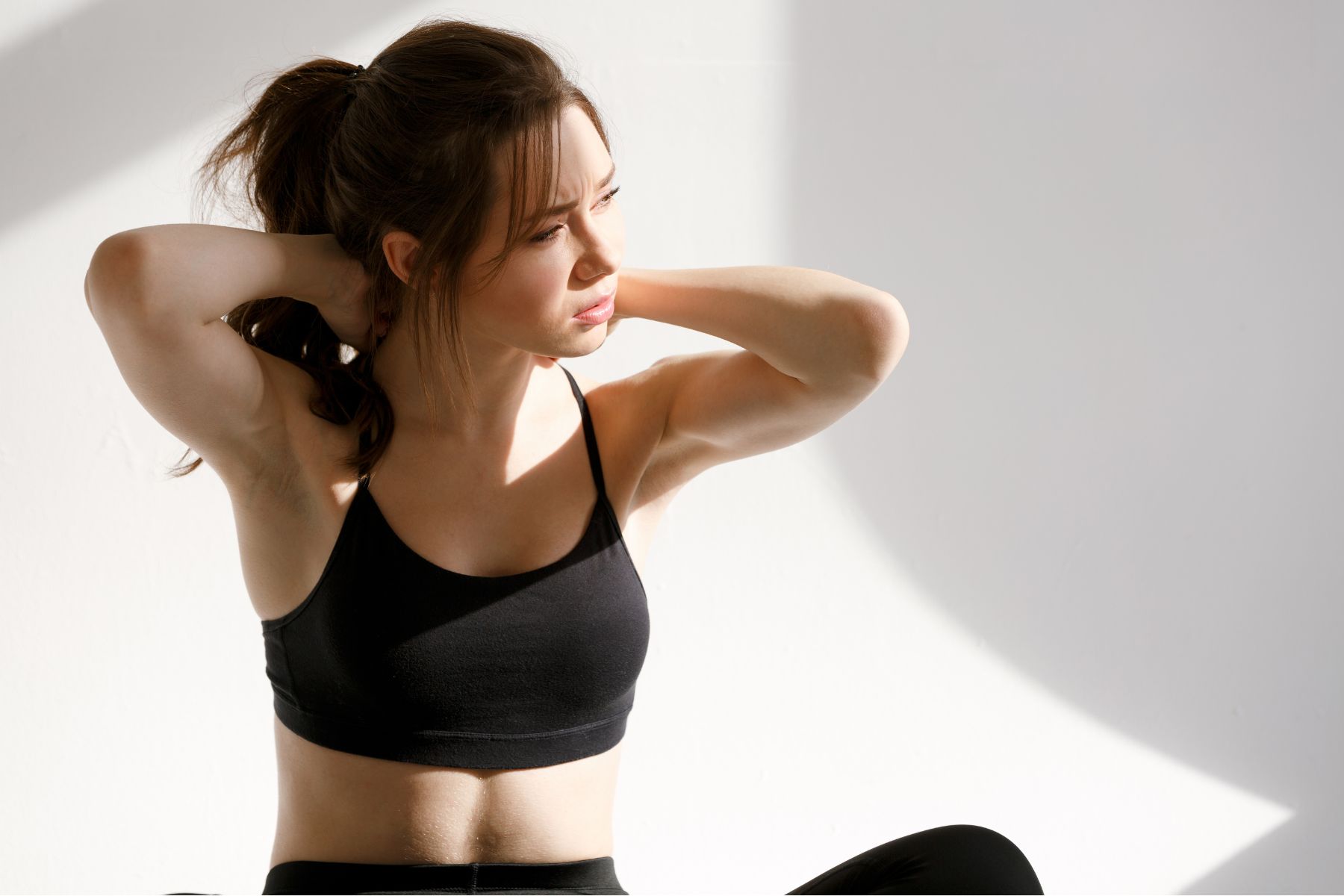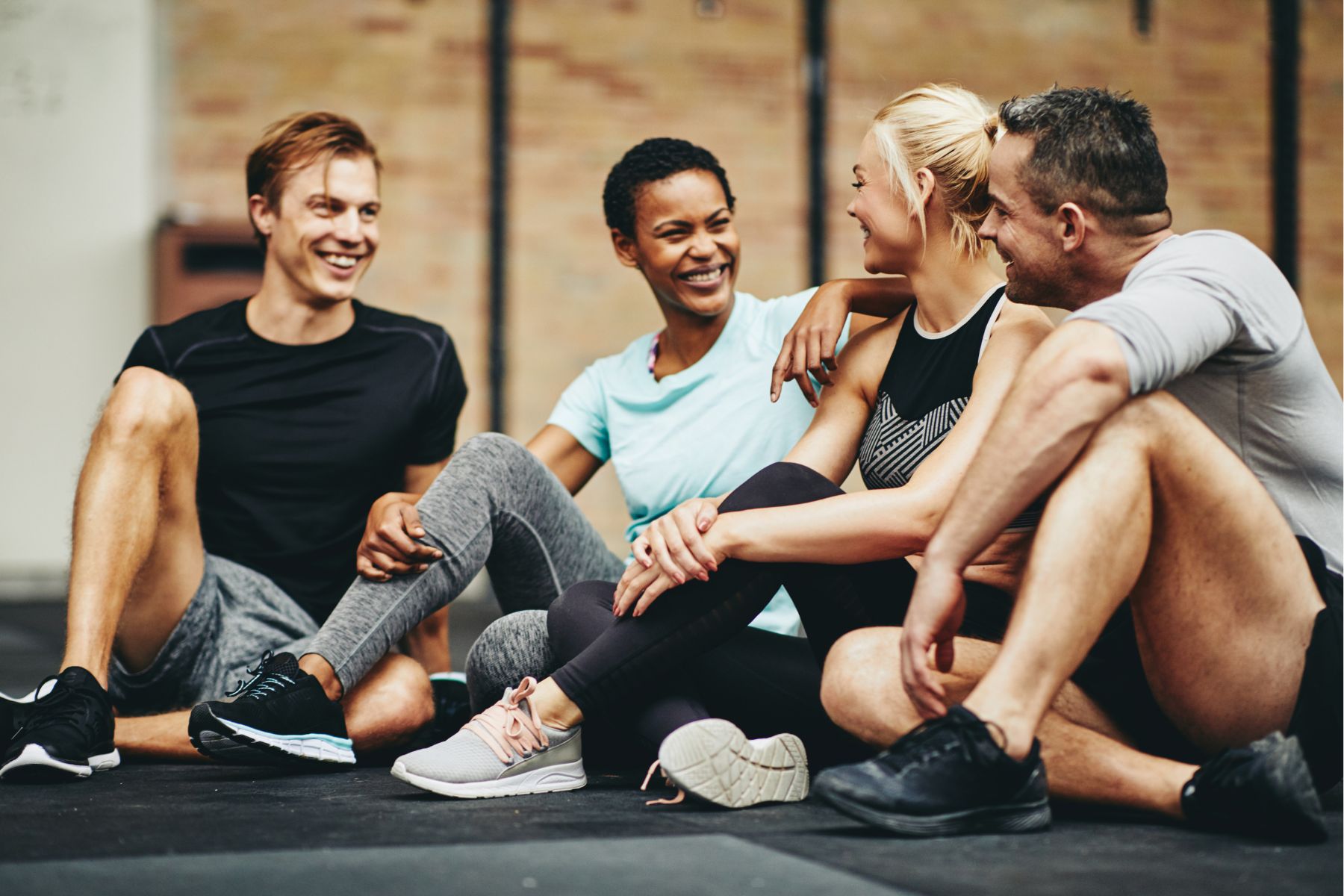Understanding Pilates and the Pelvic Floor
Pilates is a popular form of exercise that focuses on strengthening the body’s core muscles, improving flexibility, and enhancing overall body awareness. One key aspect of Pilates that is often overlooked but incredibly important is its impact on the pelvic floor.
The pelvic floor is a group of muscles that form a sling-like structure at the base of the pelvis. These muscles play a crucial role in supporting the pelvic organs, including the bladder, uterus, and rectum. They also help control bowel and bladder function, as well as sexual function.
Weakness in the pelvic floor muscles can lead to a variety of issues, including urinary incontinence, pelvic organ prolapse, and lower back pain. This is where Pilates comes in. Pilates exercises are designed to target the deep core muscles, including those of the pelvic floor, to improve strength, stability, and function.
One of the key principles of Pilates is breathing, specifically the use of diaphragmatic breathing. This type of breathing helps to engage the pelvic floor muscles, creating a strong foundation for movement. By focusing on breathing and engaging the pelvic floor, Pilates can help improve pelvic floor function and reduce the risk of pelvic floor disorders.
In addition to breathing, many Pilates exercises specifically target the pelvic floor muscles. Exercises like pelvic curls, pelvic tilts, and leg slides all work to strengthen and tone these important muscles. By incorporating these exercises into your routine, you can improve the strength and function of your pelvic floor, leading to better overall health and wellness.
It’s important to note that if you have any existing pelvic floor issues, such as incontinence or prolapse, it’s essential to consult with a healthcare professional.
In conclusion, Pilates is not only a great way to improve core strength and flexibility but also plays a crucial role in supporting the health and function of the pelvic floor. By incorporating Pilates into your exercise routine, you can strengthen your pelvic floor muscles, improve bladder and bowel function, and reduce the risk of pelvic floor disorders. So next time you roll out your mat for a Pilates session, remember the importance of the pelvic floor and how Pilates can help keep it strong and healthy.









